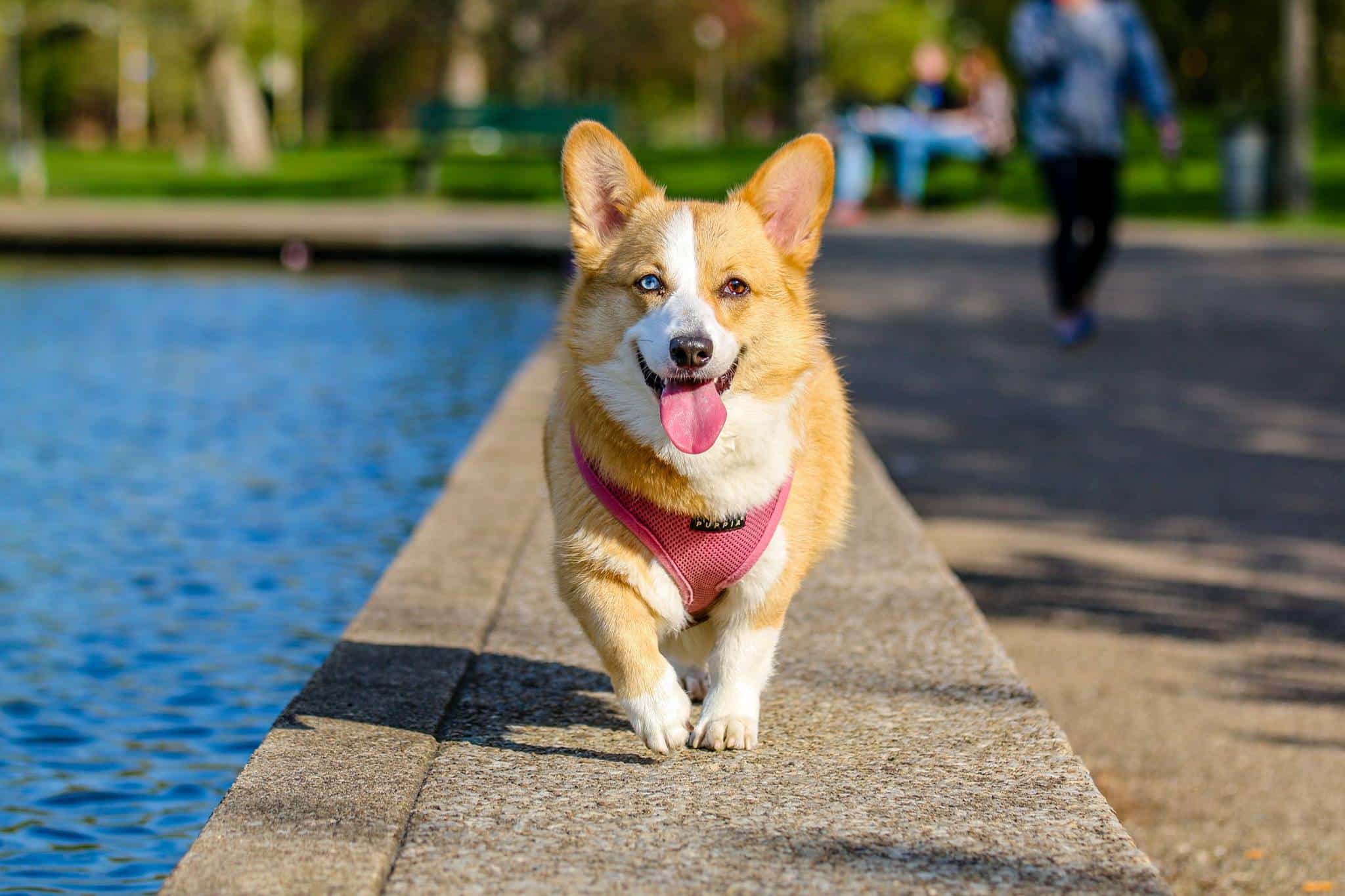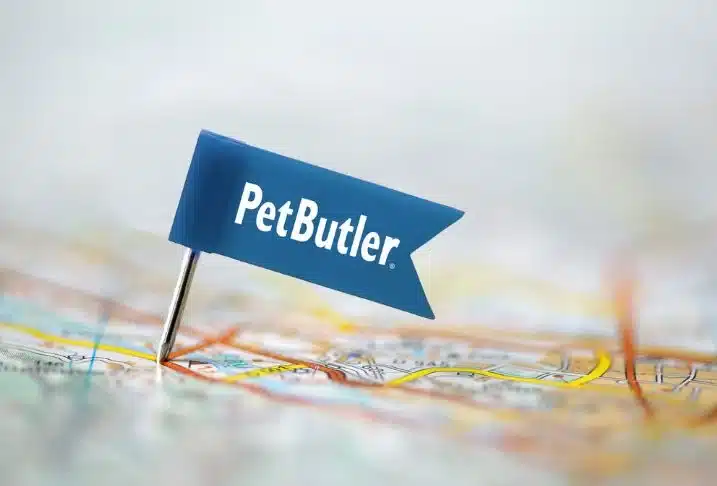Why must inspiration always strike in the wee hours of the morning? Perhaps it’s because we have had a dearth of calls regarding unusually colored stool and, let’s just say it, diarrhea. Perhaps it’s because I am dreading the dog waste to be revealed after the great snow melt this weekend.
Regardless, let’s get to the heart, or colon, of this article. Dog poop. What does healthy dog poop look like? How do you know if your pet is in distress and needs medical attention? What are some common causes of loose or hard stools in dogs and what can you do to help? Is color of a dog’s poop related to their overall health and well-being?
Fecal consistency is primarily a function of the amount of moisture in the stool and can be used to identify changes in colonic health as well as other medical problems. Ideally, in a healthy animal, stools should be firm but not hard, pliable, segmented, and easy to pick up. One to two bowel movements daily are ideal. Identify poop based on a scoring system. A healthy dog should have a Score of 2 on the dog poop scale.
Assessing Dog Poop On a Scoring System
Score 1
- Stool very hard and dry
- Much effort required to expel feces from body
- No residue left on the ground when feces picked up
- Often expelled as individual pellets
Score 2
- Stool firm but not hard
- Pliable and segmented in appearance
- Little or no residue left on ground when picked up
Score 3
- Stool log-like
- No segmentation visible
- Moist, shiny surface
- Leaves residue but remains firm when picked up
Score 4
- Feces very moist (soggy)
- Distinct log shape
- Leave residue and loses form when picked up
Score 5
- Feces very moist
- Loses shape (piles rather than log shape)
- Leaves residue and loses form when picked up
Score 6
- Feces has texture but no defined shape
- Occurs in piles or looks like spots
- Leaves residue when picked up
Score 7
- Feces watery, flat, with no texture
- Occurs as a puddle
- Leaves residue when picked up
Check out Purina Fecal Scoring Chart to see some visual images of the poops mentioned above.
In general, a pet that has acute, chronic, or even intermittent diarrhea should be examined and some basic labwork run. Especially concerning is the pet with diarrhea, weight loss, and/or lethargy; concurrent vomiting also necessitates a call in to your pet’s doctor. Your vet (me) will want a detailed history of your pet’s activities, diet, stresses, frequency and consistency of stool, difficulty in passing stool, blood or mucous in the stool, and any other predisposing factors such as exposure to parasites or eating from the garbage can. Your vet asks for a fresh fecal sample, just a marble-sized amount will do. The causes of diarrhea are many and in deducing the reason for distress.
Two General Types of Diarrhea: Acute (sudden onset) and Chronic (long-term)
ACUTE DIARRHEA: diet change (eating part of a rope toy), drug or toxin induced diarrhea, parasites, viral or bacterial infection. Occasionally an extra-intestinal problem such as pancreatitis, bloat, or liver disease will lead to acute diarrhea.
CHRONIC DIARRHEA: causes may include some of those mentioned above as well as a host of other diseases such as inflammatory bowel disease, fungal disease, pancreatic disease, food allergy, protozoal diseases (toxoplasmosis), bacterial overgrowth, cancer, liver and kidney disease, irritable bowel syndrome, many more.
These cases can be very challenging to diagnose and even more difficult to treat. Chronic diarrhea is often managed, not cured, and relapses during times of physical or emotional stress, dietary indiscretion.
A color change in your dog’s poop can be indicative of a problem, even if the consistency is normal. Light brown to dark brown is normal based on your dog’s diet. Black and tarry poop may indicate the presence of digested blood in the stool, fresh blood with mucous is common with large bowel disease, and white stool can occur if there is a problem with bile excretion or liver disease. Yellow or orange poop can also be present with liver disease or if the stool is moving too quickly through the GI tract. Certain antacids or medications can affect the color of the poop. Dogs that like to eat grass or have ingested certain toxic mouse baits can have green-blue colored stool.
What do you do if your dog is constipated or has a poop problem?
Fiber is great! It is the great poop regulator and is as close as the plain canned pumpkin at Trader Joe’s. Because it contains both soluble and insoluble fiber, it can bind some of the excess water in the intestinal tract, bulking up the stool and slowing digestion. The insoluble fiber in pumpkin can benefit those suffering from constipation, but it is best to avoid feeding too much insoluble fiber since it can act as a natural laxative. Helpful if you are constipated, not if the stools are already loose.
Keep an accurate history of your dog’s habits including appetite, frequency and effort of bowel movements, and environmental changes such as boarding. You should have a Pet Butler technician frequently scoop poop to minimize spread of disease and yard contamination as well as to monitor your pet’s poop for spaghetti or rice grain type parasites, color, or consistency change. For acute causes of diarrhea, we often recommend fasting for 24 hours with access to water only if your pet is not lethargic or vomiting. Then, we gradually resume feeding limited amounts of a bland diet which can include boiled chicken or ground turkey, scrambled eggs or cottage cheese and a bland carbohydrate source like rice or pasta in a 1:4 ratio. To get the gut back on track, small frequent meals are best with a gradual return to the pet’s normal diet.
Hopefully this helps clear up some of the deeper, darker mysteries of your pet’s gastrointestinal system. Keep that yard clean and dog poop-free!

